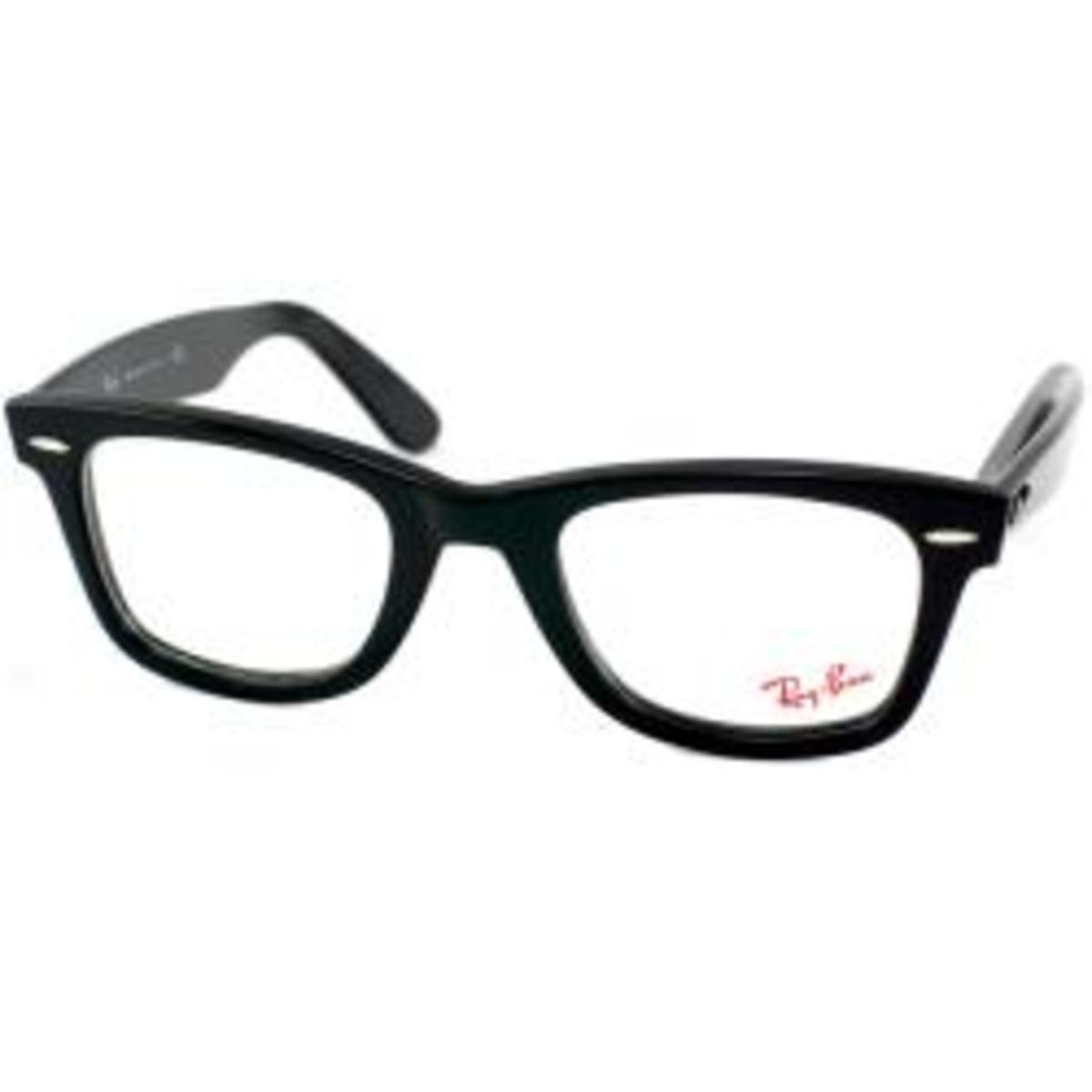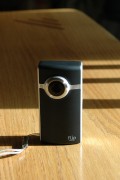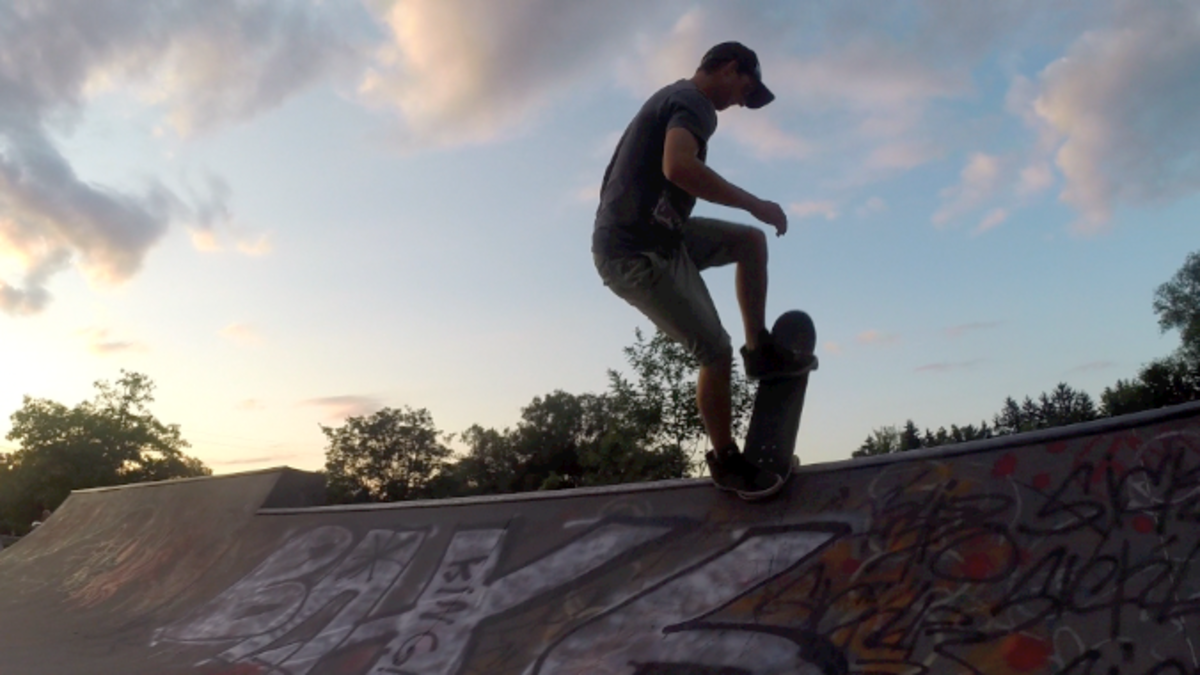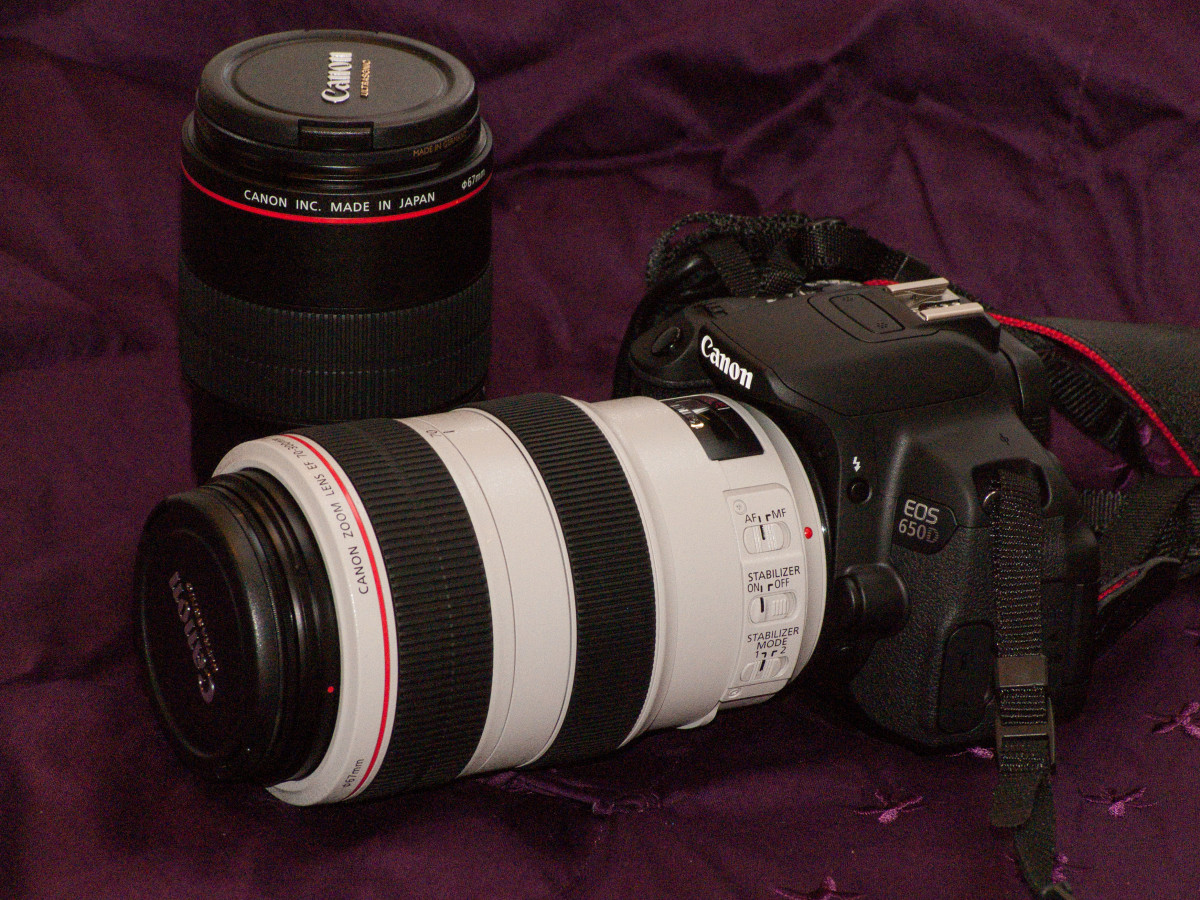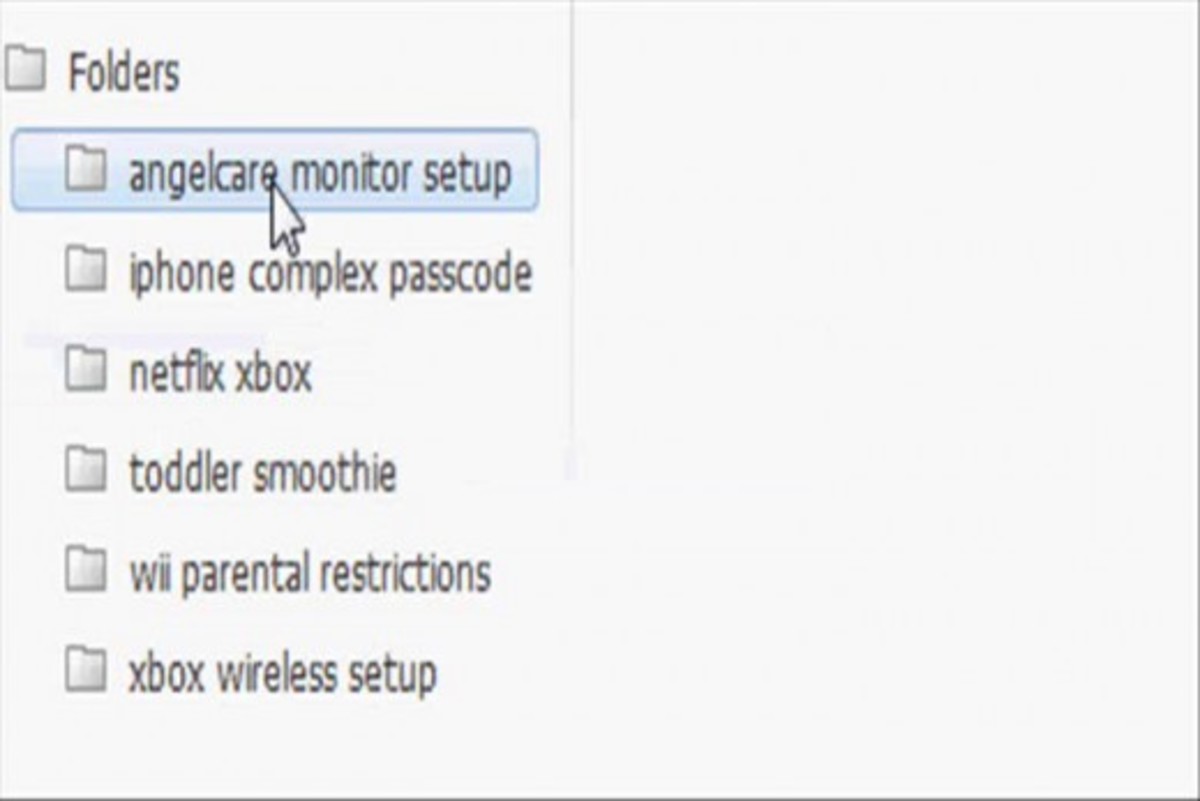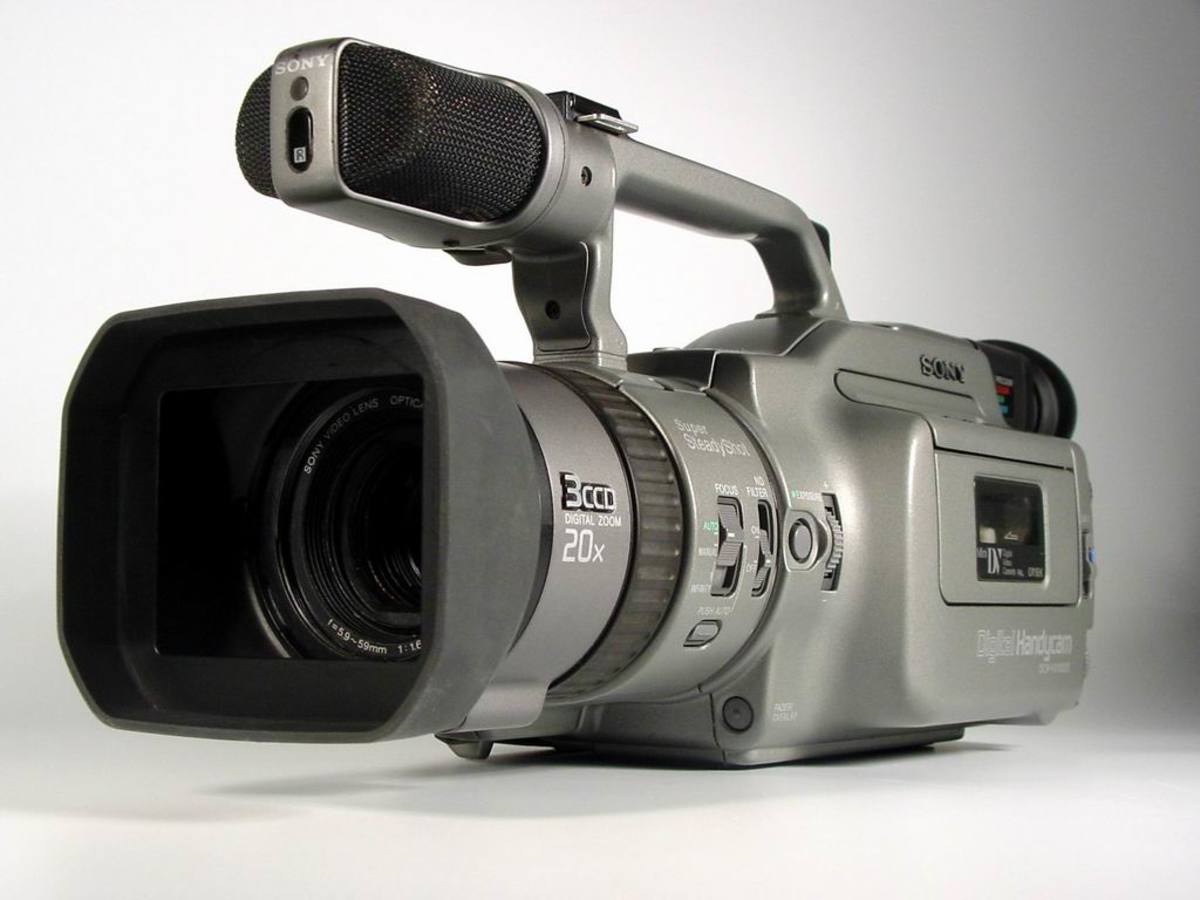- HubPages»
- Technology»
- Consumer Electronics & Personal Gadgets»
- Portable Electronics
Camcorder Or DSLR with Video
Choosing a Camcorder or DLSR with Video
Video and still photography are converging. No need for me to tell you that. Just a few years ago, purist were denoucing Nikon when they decided a DSLR have video capabilities. Now, it seems video in DSLR are the big thing. Not only do you find video capabilities in low end DSLR, even the professionals want them in their top end cameras.
Enough of history, let us get down to choosing which one to buy. If you are like me, I was in the same situation as you. Should I get a camcorder that can take decent still photos or a DSLR that can take video?
Things to consider.
Ergonomics
While you can shoot video with a DSLR, it is almost impossible to hold it with a heavy lens attached. After a few minutes, your arms are going to fall off. All the stuff you read about semi-professionals using DSLR have a rig with tripods and sometimes even dolleys to shoot short films. If you want to video a birthday or wedding or your children playing in the park, get a camcorder instead,
View finder
Most DSLR don't have an articulated view finder although some have them today. Without such a view finder, you will find holding a camera in front of you will be a burden very soon. See point above. Most camcorders have articulated view finder and more importantly, live view.
Limited manual control
Manual controls on a DSLR is limited. It is beginning to change but there are still limitations. A half decent camcorder will allow you to adjust the iris(aperture) and shutter speed as well as gain (ISO). Most DSLR have limited or no manual control on these.
Autofocus
A camcorder will autofocus. Most DSLR while on video won't. They can autofocus before they start recording but once they start to record, you will have to focus manually. The problem is that most lens made for DSLR today are not built for manual focussing. The focussing ring is small and sometimes right in the front section of the lens.
Audio
A half decent camcorder usually has stereo mics in front under the lens to capture audio. The reason it is placed there is to reduce noise from the camera. Usually the mics can "focus" as you zoom the lens to have better audio quality.
Most audio on DSLRs are only okay with mono microphone. The way the microphone is positioned, it will pick up all sorts of camera noise. More expensive DSLR will have a jack to plug in an external microphone. Lower end models don't have a jack to do so. You need to spend more money to get the microphone and your DSLR now not looks like a frankenstein, you'll need a heavy tripod to support everything.
Recording Limits
On a camcorder, you can record for 45 minutes or more in a single shot without stopping the video. Most DSLR can record only for between 5 to 10 minutes or so. So to record a whole wedding ceremony without breaks is impossible.
Cost
DSLR and lenses combination cost more than a decent camcorder. While a DSLR have a wider choice of lenses, the range of zoom is often more limited unless you switch lens. A camcorder built in lens usually have a large range. It can go from wide to telephoto (25x or more zoom).
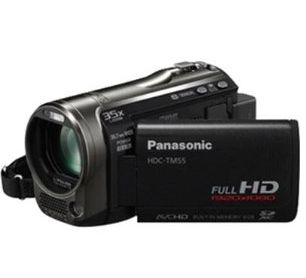
Final Note
A camcorder is made to shoot video. Still photographs from a camcorder will usually be lower quality. That said, I shot a few photographs with a HD video camera and they came out decent enough to see on the monitor.
If you want to make some Youtube videos, video of the family and other occasions to remember them a camcorder is the better choice. Prices of HD camcorders have dropped a lot and there is not reason not to get one.
If you are serious about making films, then a DSLR might be the way to go. It allows you to shoot video with existing light due to their low light capability.
One final thought.
Before deciding to get a camcorder or a DSLR, under low light conditions, a camcorder is usually able to capture better video compared to an entry level DSLR with the kit lens. This might come as a surprise. The reason is kit lens aperture usually are around f/3.5 there abouts especially if is is a budget zoom. While on a camcorder, due to the small sensor resolution (number of megapixels) the pixels are bigger. Together with a brighter lens (aperture for such lens might start at f/1.8 or f/2) a camcorder will give better low light videos.
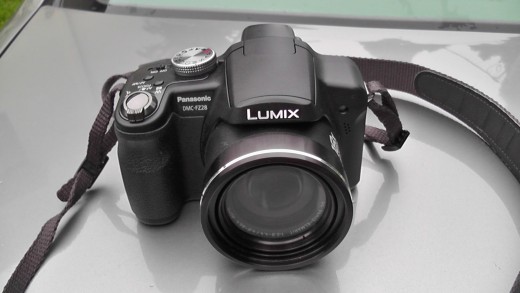
The photo above was taken with a Panasonic HD camcorder. You can check it out on Amazon below


